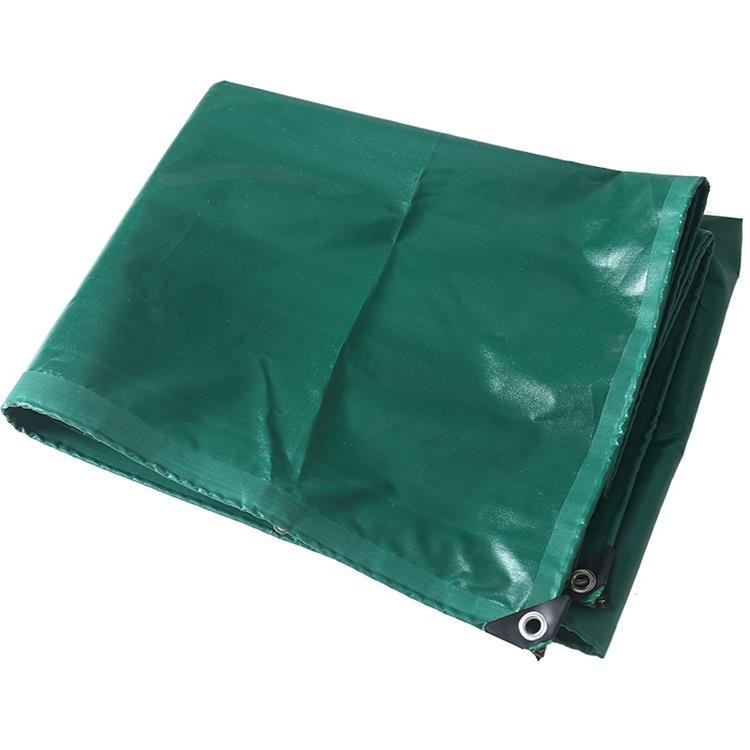Tarpaulins are beneficial for camping, farming, and protecting outdoor equipment, but most traditional tarps are made of plastics that are harmful to the environment. Tarps can be difficult to recycle and exacerbate pollution when they are disposed of. Fortunately, there are now eco-friendly waterproof tarpaulin options available. Eco-friendly Green Tarpaulin sheets are able to provide you with the protection needed, while being safer for our ecosystem! Here are some great options you can choose from.
Colorful Tarps in Good Ol’ Natural Materials
An old classic material for eco-friendly tarps is canvas. Canvas tarps are usually made from cotton, which comes from plants and is biodegradable. Unlike plastic tarps, canvas can break down naturally after many years of use. Canvas tarps are also breathable, so you won’t get condensation buildup underneath. Its waterproof coating allows for some rain resistance without compromising its strength.
Another natural material is hemp. Hemp is more durable than cotton and grows with less water and no harmful chemicals, making it a very sustainable option. Hemp tarps also better resist sunlight degradation than many other fabrics, so they can last longer when left outside. Jute is another plant-based material occasionally used with tarps. It is not as strong as hemp or canvas and lighter, but it is fully biodegradable, so is ideal for temporary covers or farming stuff.
Recycled Plastic Tarps
Many plastic tarps are not considered environmentally friendly, although some are made from recycled plastic. These tarps provide a second life to plastic that may have gone to the landfills. By using recycled polypropylene or polyethylene, the manufacturer eliminates new plastic and reduces the overall environmental footprint.
Recycled tarps are waterproof, durable, and easy to clean. They can be useful for camping as well as in construction. While they are not biodegradable and use plastic, it is better to buy recycled tarps than new tarps. Purchasing recycled tarps reduces waste and supports the recycling industry.
Mono-Polymer Tarps
A second intelligent alternative for environmentally friendly tarpaulins is a mono-polymer tarp. Mono-polymer tarps are made of one type of plastic (for example, polypropylene or thermoplastic polyolefin (TPO)). Since each tarp uses one type of material, they are easier to recycle when they have outlived their use.
Mono-polymer tarps are also free from harmful additives such as chlorine, making these tarps cleaner for both humans and the environment. Mono-polymer tarps incorporate strong manufacturing technologies that resist UV and are capable of being joined together (minus unpleasant, harsh glues). Mono-polymer tarps are therefore both environmentally friendly and easy to use.

HDPE Tarps
High-density polyethylene, or HDPE, is another source for eco-friendly tarps. HDPE Large Tarpaulin sheets are strong, durable, recyclable, and resistant to weather and chemical conditions and tearing, making them appropriate for agriculture, greenhouses, or outdoor storage.
One of the reasons HDPE tarps are considered eco-friendly is that the lifespan of HDPE tarps typically exceeds that of regular plastic tarps. Since they will not need to be disposed of as often, they will contribute to less waste. They are also not usually in contact with a toxic cocktail of chemicals that farmers and estate owners typically use.
Biodegradable films
Another option for short-term use would be biodegradable films. Biodegradable films have strong plant materials, cornstarch, for example, or PLA, and are eco-friendly because they do not hold together like plastics that take years to break down in soil conditions, and leave no harmful waste.
They are used a lot in farming and gardening. Farmers use them to cover soil, warm crops up, control weeds, and when the season is done, they just become a part of the soil, and not garbage or landfill space. Biodegradable films are not as strong as canvas and HDPE, and so will also not serve as well for heavier-duty camping or use as long-term covering, but for temporary use, they are some of the best green products going.
Choosing the Right Eco-Friendly Tarp
When selecting the best eco tarp for you, consider how you plan to use it. If you're planning to use it outdoors for long periods, choose canvas or hemp tarps as they are durable, renewable, and biodegradable. If your use requires a waterproof plastic tarp, selecting recycled or mono-polymer tarps is a better ecological solution than purchasing new mixed-plastic tarps. Lastly, if you want something that is short-term and disposable, biodegradable films are the best option, as you will leave no trace.
Conclusion
Eco-friendly waterproof tarpaulins provide as much choice as you would like for people with a love for nature, while also needing outdoor protection. Natural fibers such as canvas and hemp, recycled plastics, HDPE, and biodegradable films will provide a solution for every situation. If you are going to choose one of these tarps, you will be looking after your gear and the environment by helping to reduce waste and pollution. Such a small choice can contribute a tremendous amount to keeping the outdoors clean and healthy for future enjoyment.
